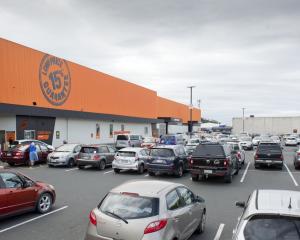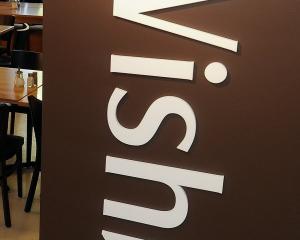
The unemployment rate dropped to 4.4 percent in the three months ended March 31, down from 4.5 percent in December, Statistics New Zealand said in its household labour force survey. It was below the 4.5 percent forecast in a Bloomberg poll of 13 economists and was the lowest since December 2008 when it was also 4.4 percent.
The number of employed people rose 0.6 percent in the quarter to 2.62 million and was 3.1 percent higher than a year earlier. The quarterly lift was in line with expectations. Compared with the same quarter a year earlier, employment growth was strongest in Auckland and Otago.
Regarding wage inflation, Stats NZ's said private sector wage inflation rose 0.3 percent in the quarter for a 1.9 percent annual increase. Public sector wage inflation was up 0.3 percent in the quarter for a 1.5 percent annual gain, and across both sectors, wage inflation rose a quarterly 0.3 percent and an annual 1.8 percent.
Part of the lift is due to the $2 billion pay equity settlement for care and support workers that came into effect last July and if that was stripped out total wage inflation would have lifted 1.6 percent, Stats NZ said.
The Reserve Bank releases its monetary policy statement next week and is widely expected to keep interest rates on hold at a record low 1.75 percent.
It is now required to pay greater attention to employment after Finance Minister Grant Robertson and new governor Adrian Orr signed a new policy targets agreement (PTA) that adds the goal of "supporting maximum levels of sustainable employment within the economy" to the existing goal of price stability. Economists, however, expect it to continue to signal no change on the immediate horizon as inflationary pressure remain muted.
"The labour market is tight and in little need of policy stimulus. Still-low CPI inflation provides the RBNZ with breathing space and we do not expect the next OCR hike until August 2019," said ASB senior economist Mark Smith.
ANZ senior economist Liz Kendall said today's data "are a reminder that wage and price pressures remain elusive" and won't change the central bank's outlook.
Wage inflation "remains missing in action," said Westpac Bank senior economist Michael Gordon.
The market was largely unfazed by the data with the New Zealand dollar trading around 69.95 US cents after the data versus 69.96 US cents as at 8am in Wellington.
While the headline unemployment number is lower, a record inflow of migrants over the past several years has given employers a large pool of labour to choose from, which has helped limit wage inflation.
The participation rate eased to 70.8 from 71 percent in the December quarter as growth in the labour force was outpaced by growth in the working-age population.
The underutilisation rate, which measures the country's potential labour supply and unmet need for work, fell 0.3 percentage points from the prior quarter to 11.9 percent. The fall in underutilization mainly reflects 9,000 fewer people being underemployed, Stats NZ said.
Total actual weekly hours worked rose 1.7 percent in the quarter to 88.7 million and were up 4.9 percent on the year.
The quarterly employment survey, also released today, showed private sector ordinary time average hourly earnings rose 1.1 percent to $28.92 in the March quarter and were 4.0 percent higher than a year earlier. Public sector ordinary time wages rose 1.0 percent to $39.25 in the March quarter and were up 1.1 percent on the year.












